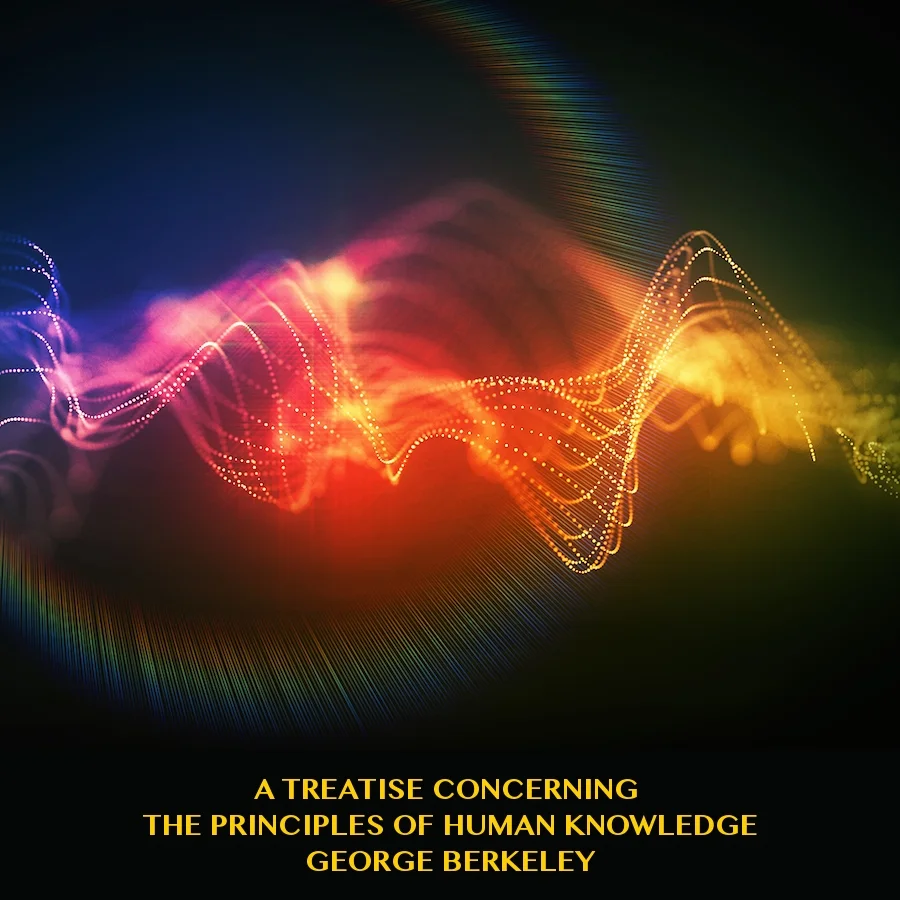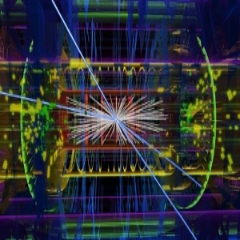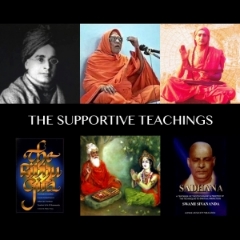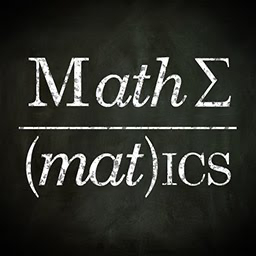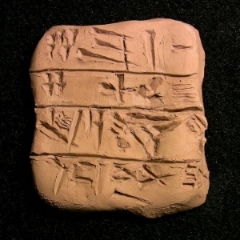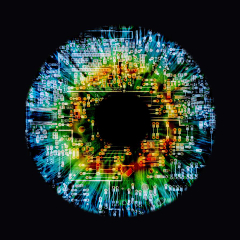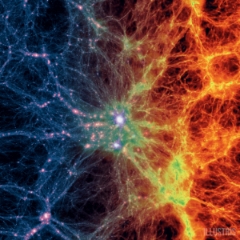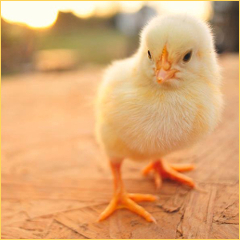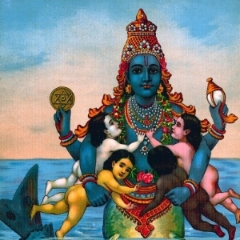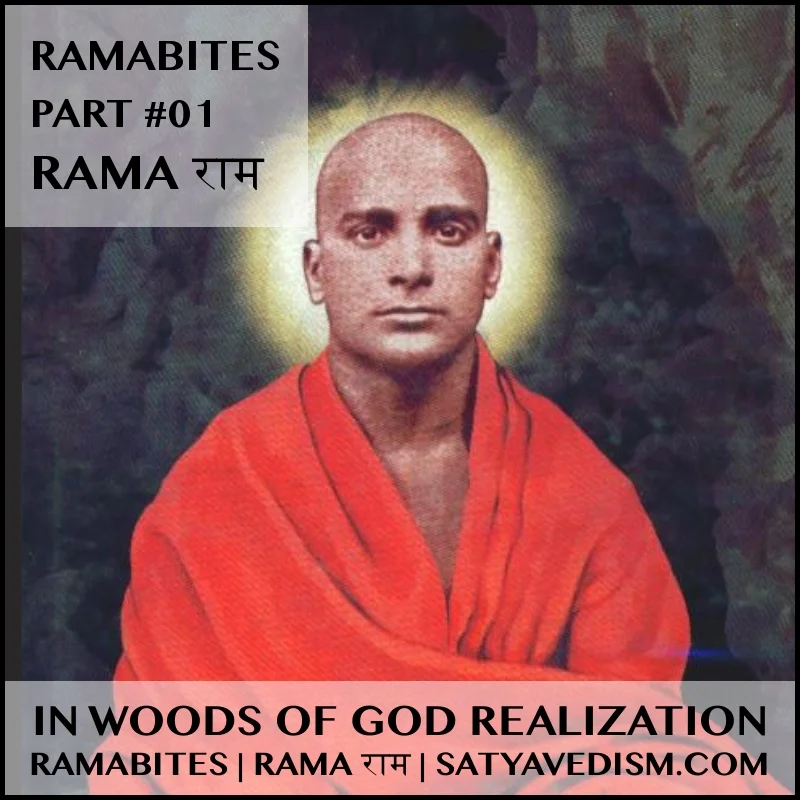TREATISE | TCTPHK | SEL003 | BERKELEY
| | homeTREATISE | TCTPHK | SEL003 | GEORGE BERKELEY
|| INTRODUCTION | 007 ||
It is agreed on all hands , that the qualities or modes of things do never really exist each of them apart by itself , and separated from all others , but are mixed , as it were , and blended together , several in the same object .
But we are told , the mind being able to consider each quality singly , or abstracted from those other qualities with which it is united , does by that means frame to itself abstract ideas .
For example , there is perceived by sight an object extended , colored , and moved : this mixed or compound idea the mind resolving into its simple , constituent parts , and viewing each by itself , exclusive of the rest , does frame the abstract ideas of extension , color , and motion .
Not that it is possible for color or motion to exist without extension : but only that the mind can frame to itself by abstraction the idea of color exclusive of extension , and of motion exclusive of both color and extension .
|| INTRODUCTION | 008 ||
Again , the mind having observed that in the particular extensions perceived by sense , there is something common and alike in all , and some other things peculiar , as this or that figure or magnitude , which distinguish them one from another ; it considers apart or singles out by itself that which is common , making thereof a most abstract idea of extension , which is neither line , surface , nor solid , nor has any figure or magnitude but is an idea entirely prescinded from all these .
So likewise the mind by leaving out of the particular colors perceived by sense , that which distinguishes them one from another , and retaining that only which is common to all , makes an idea of color in abstract which is neither red , nor blue , nor white , nor any other determinate color .
And in like manner by considering motion abstractedly not only from the body moved , but likewise from the figure it describes , and all particular directions and velocities , the abstract idea of motion is framed ; which equally corresponds to all particular motions whatsoever that may be perceived by sense .
|| INTRODUCTION | 009 ||
And as the mind frames to itself abstract ideas of qualities or modes , so does it , by the same precision or mental separation , attain abstract ideas of the more compounded beings , which include several coexistent qualities .
For example , the mind having observed that Peter , James , and John , resemble each other , in certain common agreements of shape and other qualities , leaves out of the complex or compounded idea it has of Peter , James , and any other particular person , that which is peculiar to each , retaining only what is common to all ; and so makes an abstract idea wherein all the particulars equally partake , abstracting entirely from and cutting off all those circumstances and differences , which might determine it to any particular existence .
And after this manner it is said we come by the abstract idea of the human or , if you please , humanity or human nature ; wherein it is true there is included color , because there is no human but has some color , but then it can be neither white , nor black , nor any particular color ; because there is no one particular color wherein all humans partake .
So likewise there is included stature , but then it is neither tall stature nor low stature , nor yet middle stature , but something abstracted from all these . And so of the rest .
Moreover , there being a great variety of other creatures that partake in some parts , but not all , of the complex idea of the human , the mind leaving out those parts which are peculiar to humans , and retaining those only which are common to all the living creatures , frames the idea of animal , which abstracts not only from all particular humans , but also all birds , beasts , fishes , and insects .
The constituent parts of the abstract idea of animal are body , life , sense , and spontaneous motion .
By body is meant , body without any particular shape or figure , there being no one shape or figure common to all animals , without covering , either of hair or feathers , or scales , etc , nor yet naked : hair , feathers , scales , and nakedness being the distinguishing properties of particular animals , and for that reason left out of the abstract idea .
Upon the same account the spontaneous motion must be neither walking , nor flying , nor creeping , it is nevertheless a motion , but what that motion is , it is not easy to conceive .
SOURCE | SATYAVEDISM.ORG

